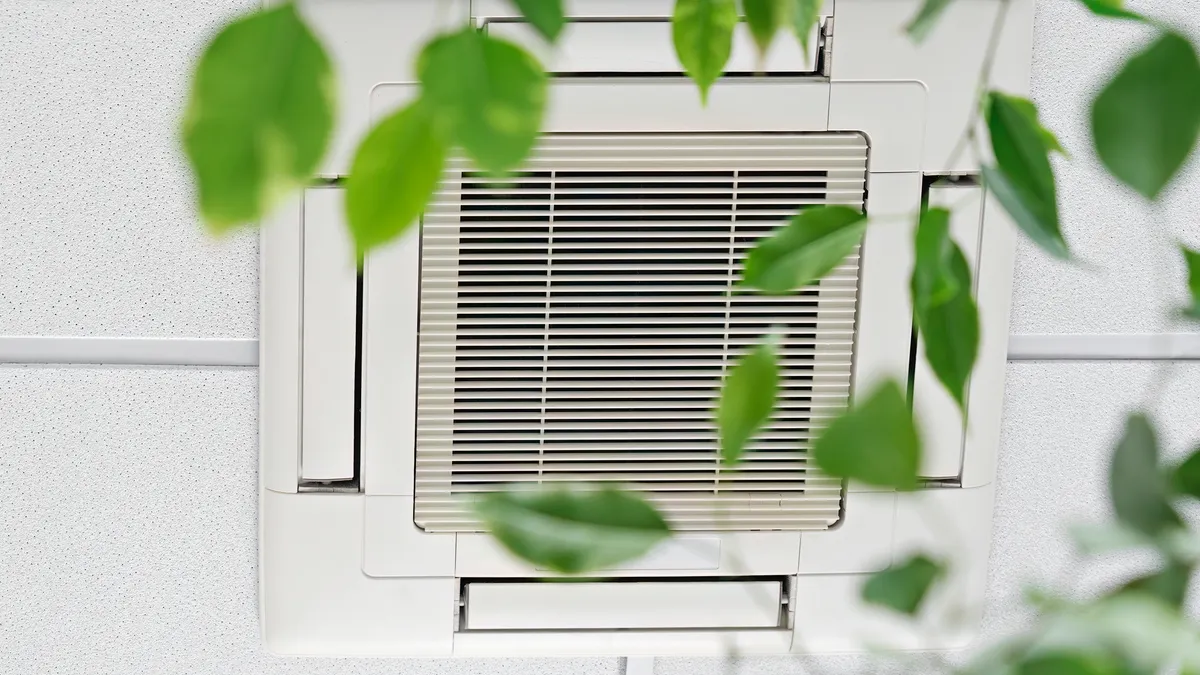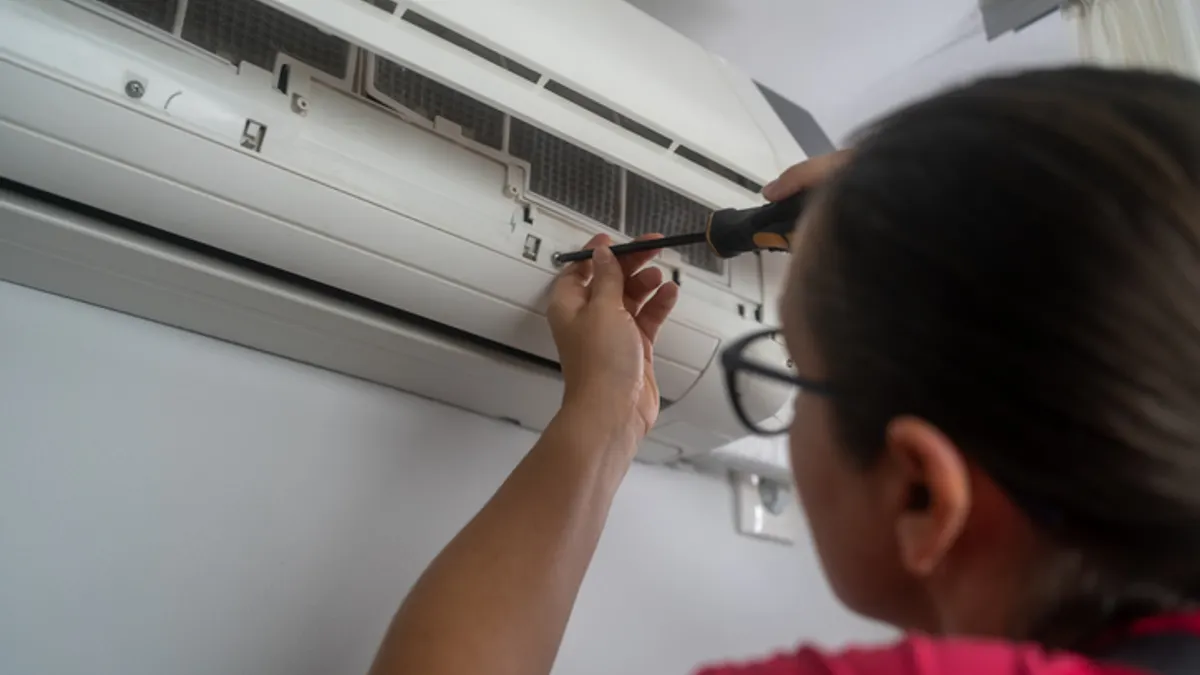Indoor air quality sensors that detect formaldehyde, a chemical that can be dangerous to people, can be improved with a low cost, long-lasting polymer coating, researchers at Carnegie Mellon University say in a research paper published in Science Advances.
The sensors use MXene, a class of compounds that, despite showing promise in energy storage and gas sensing because of their electrical properties and surface chemistries, are susceptible to oxidation when exposed to air and humidity. To combat this problem, the researchers developed a polymer coating that can encapsulate the sensors, extending their lifecycle and regenerating them when performance begins to degrade, the university said in a July 11 release.
Without the coating, the MXene sensors lasted a little over two months. Once the protective polymer layer was applied, they lasted a little over five months, the research showed.
“The polymer layers we synthesized are dielectric and highly insulating, acting as effective structural barriers,” said Reeja Jayan, a professor of mechanical engineering who led the research team.
The coating was also able to improve the sensor’s ability to detect formaldehyde, the researchers said.
“We found that our polymer layer was also enabling a chemical reaction that allowed the sensor to detect lower levels of formaldehyde in the air,” said Shwetha Sunil Kimar, first author of the research paper and a Ph.D. candidate in mechanical engineering at Carnegie Mellon University. “Because a new molecule was forming to make the sensor more sensitive, we began to wonder if enabling the creation of more of those molecules when the sensor performance begins to degrade could help the sensor regenerate.”
Formaldehyde is a colorless, odorless chemical that is emitted from common products like cleaners, building materials, candles and cosmetics. It’s been found to be a risk to human health at levels higher than 0.1 parts per million.
The gas can cause watery eyes, burning sensations in the eyes and throat, nausea, and difficulty breathing, triggering attacks in people with asthma, according to the U.S. Environmental Protection Agency.
These technologies could help make indoor air quality sensors more versatile, according to Albert Presto, director of the Center for Atmospheric Particle Studies at CMU and a co-author of the paper. He says the sensor can be easily integrated into cell phones or smart home devices, and could someday be painted onto walls or sewn into clothing for consistent monitoring.
“Indoor air quality is often overlooked,” Presto said. “We are living in a plastic-heavy world and that has implications. We want to better educate people on indoor pollutants, so that they can make informed decisions. Only then can we improve indoor air quality and eliminate the inherent health risks.”












